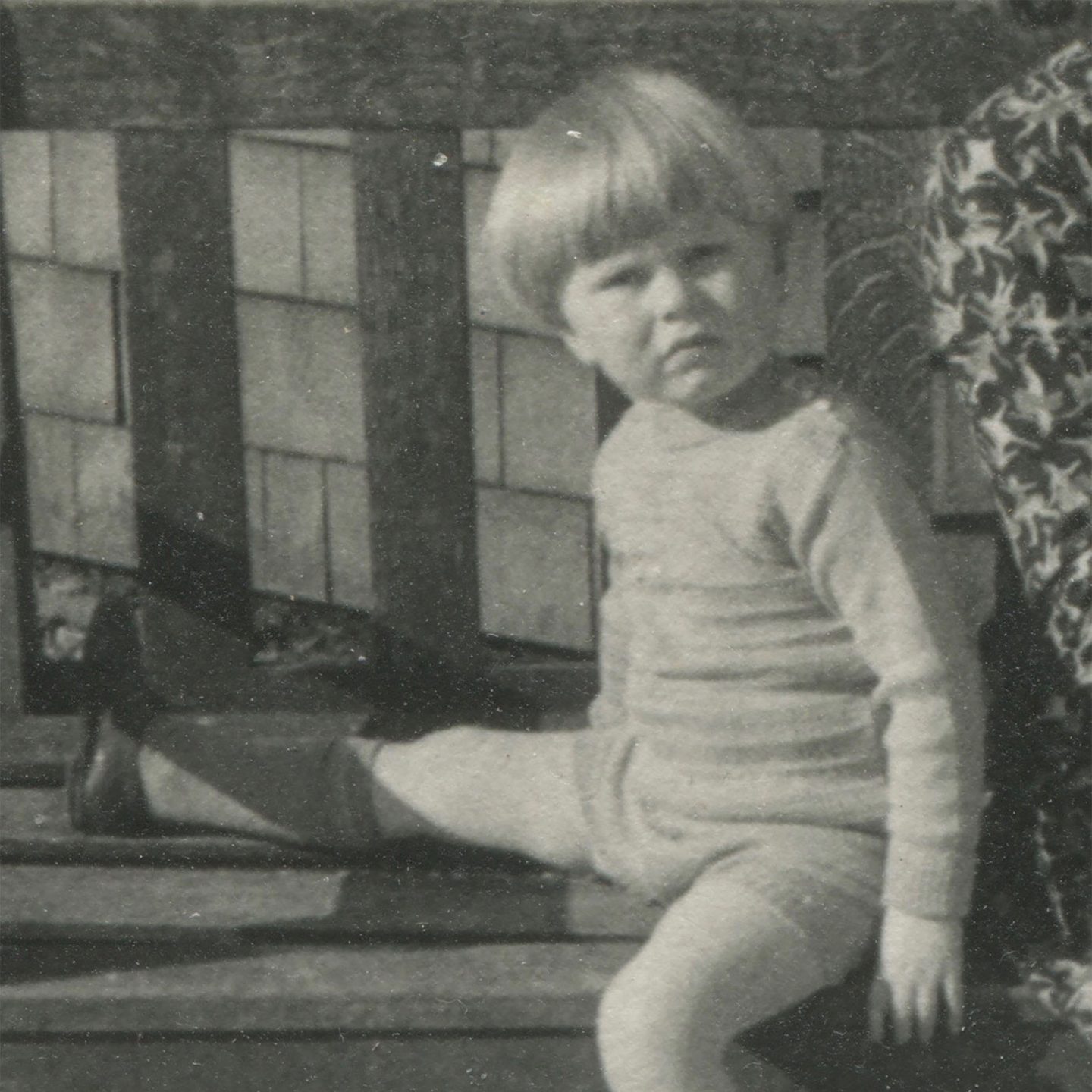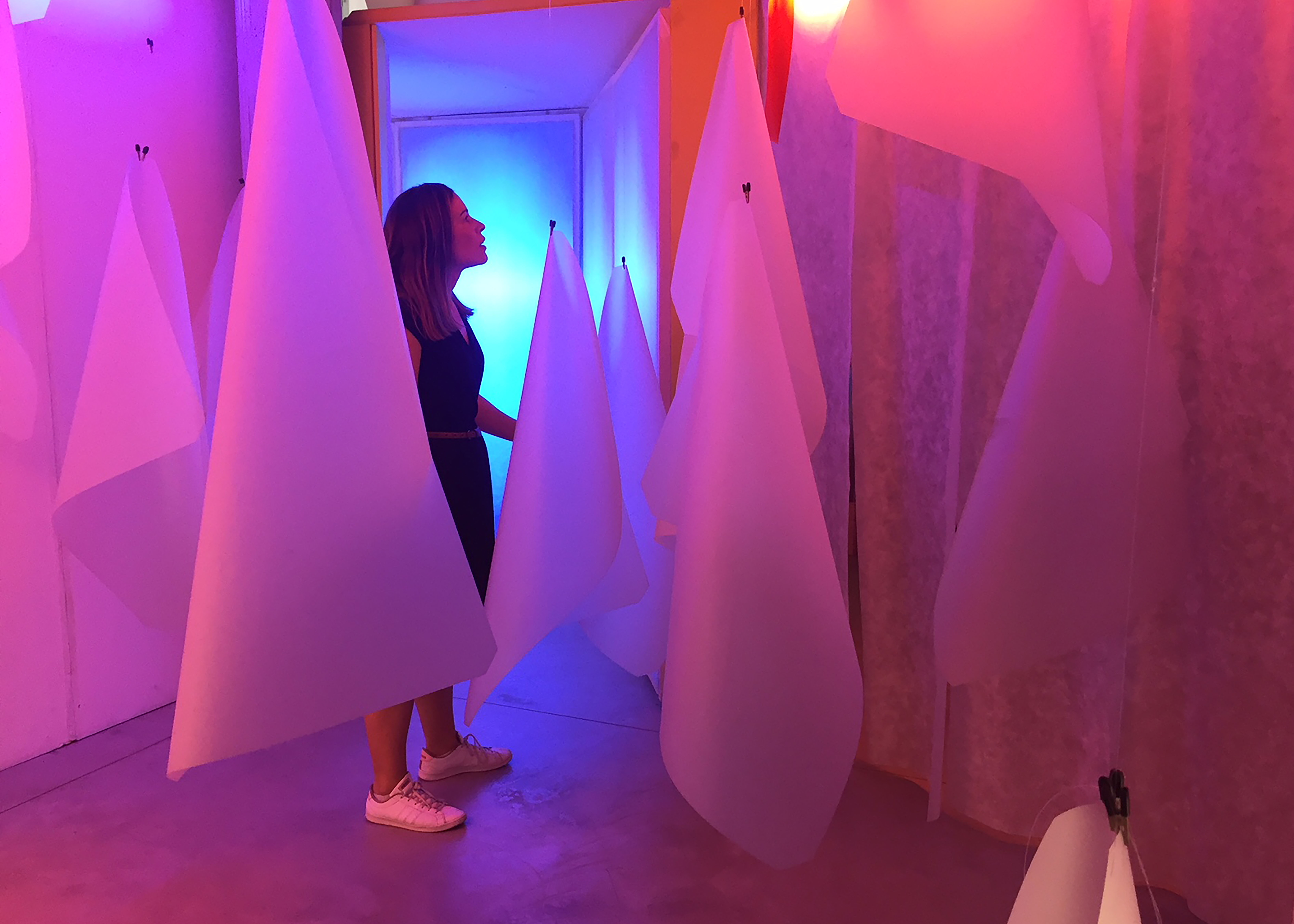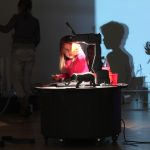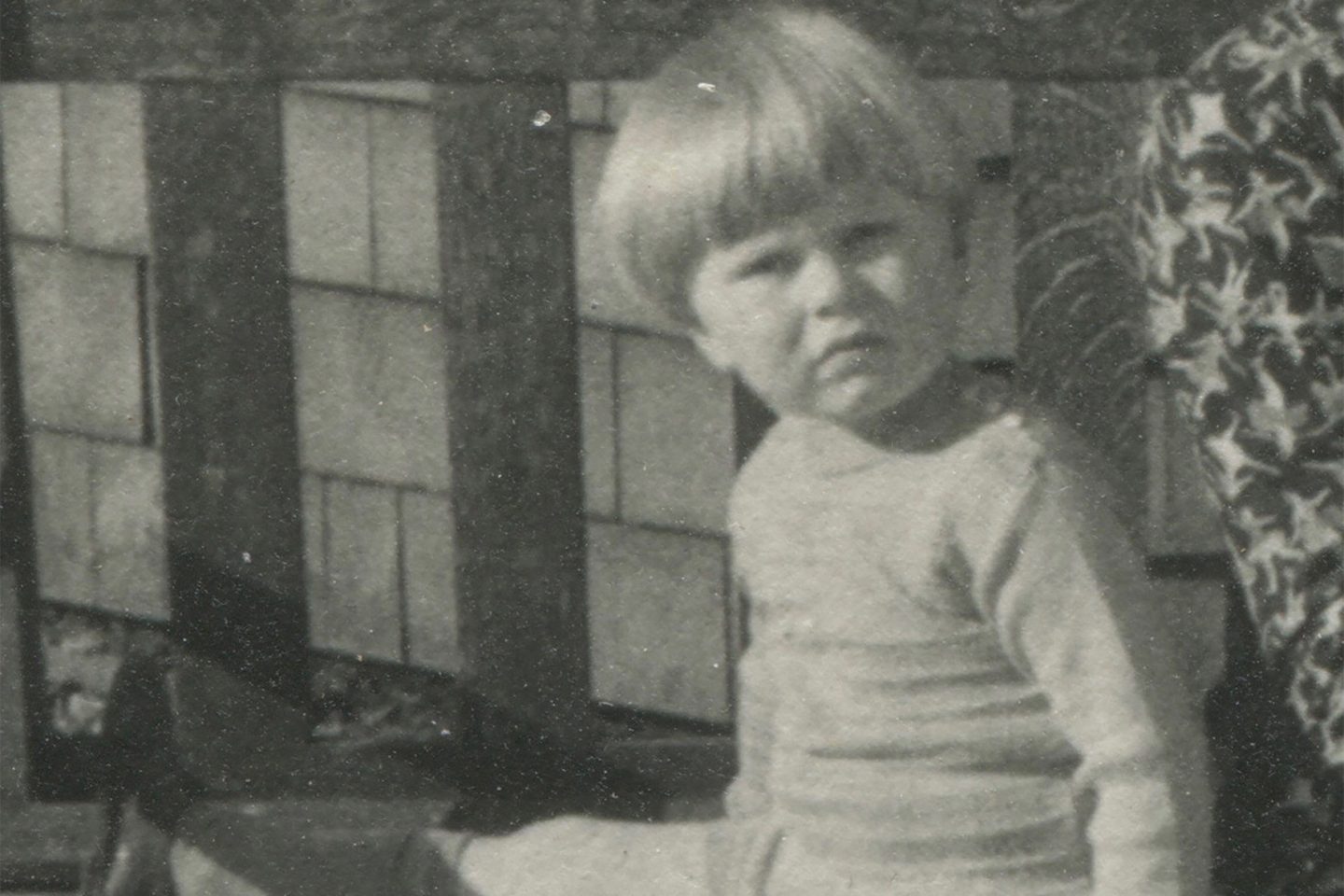
This post, featuring artist John Wolseley, is the fourth story in the ‘Art in Childhood series’ that looks at the experience of famous artists in childhood!
- The first blog post looked at Australian painter Ben Quilty who shared his story of growing up on the outskirts of Sydney, Australia.
- The second post zoomed in on Djerrkŋu Yunupiŋu who talked about growing up in East Arnhem in Australia.
- The third post featured Patricia Piccinini who shared a story of how her high school art teacher at a public school in Canberra shaped her lifelong love of fine art
John Wolseley is a British-born, Australian-based artist whose paintings and tapestries have been inspired by nature and environmental systems. John has exhibited solo shows at the National Gallery of Victoria and the National Museum of Australia and holds an Honorary Doctorate in Science from Macquarie University.
John Wolseley’s story – “Lots of lizards and Mr. Spall, the art teacher”
Drawing and painting are very much related to the very strange childhood I had growing up. There I was, a little boy of five, my mother had just died and my father, who was also a famous painter and an alcoholic, had employed numerous nannies – 29 different ones over the years – to look after me.
The estate that we lived in was located within the most beautiful valley in the South of England. So to escape the nannies, I would spend hours exploring the property’s forest, lakes and ponds. I soon became obsessed with lizards, insects, grass snakes and birds that lived there.
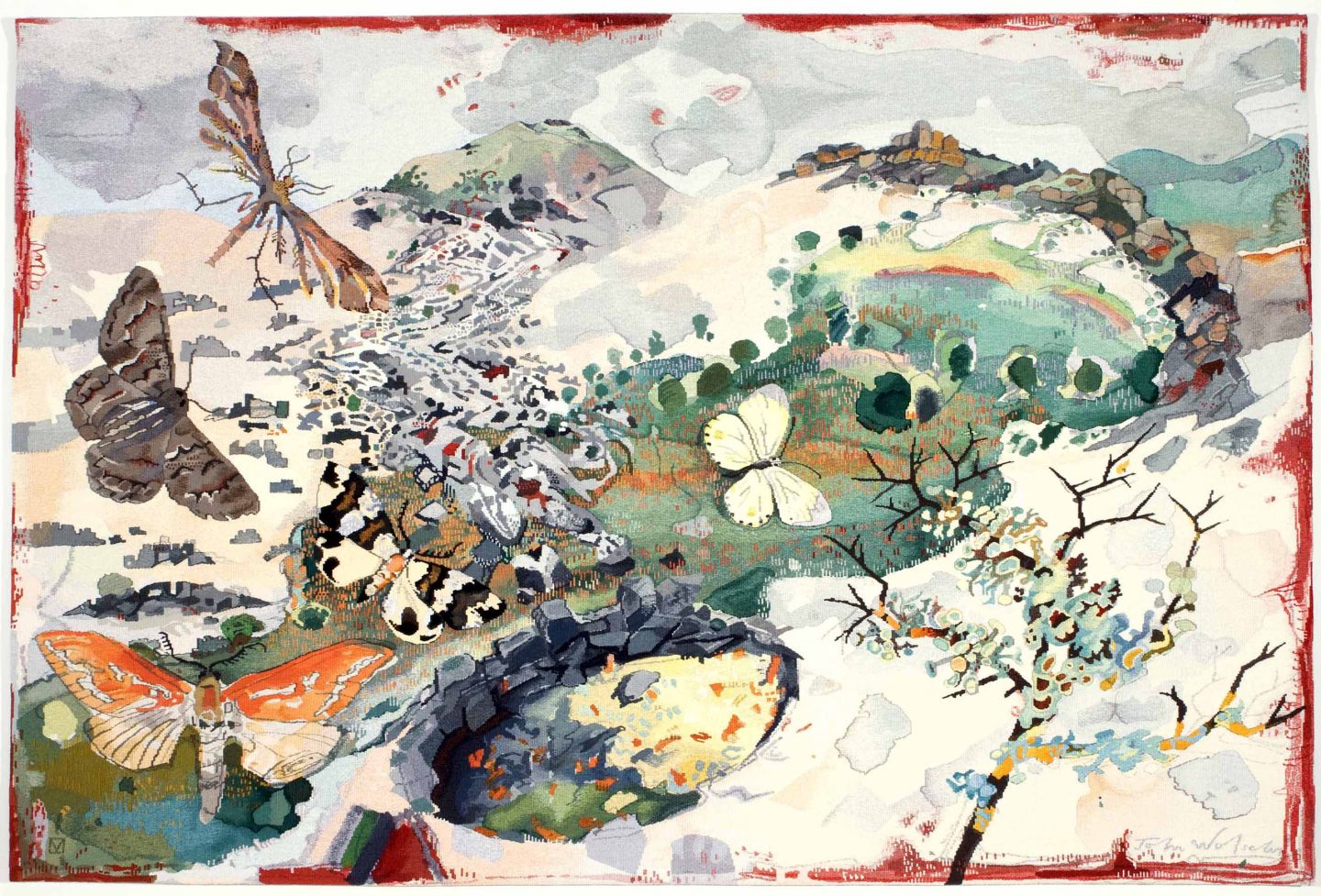
From a very young age, I had an awful lot of scientific curiosity around these animals. So much so that I decided to draw them. I remember that my father became so worried about the amount of time I spent staring at lizards that he got a child psychologist to assess me for cognitive problems.
At the age of six, I was sent to a boarding school called Westminster where I became even more fascinated with drawing because I was very, very lonely. This was a school that later got closed down because of cruelty towards children! My only friends were my pet mice and hamsters. I was very lucky though because my teachers understood the importance of creativity and most of all, they understood the importance of drawing. We used to dissect plants and animals in science classes and draw them.
I think that part of the reason why I can paint the natural world now is because I learnt to observe it through direct contact with it in school. It wasn’t like I was learning through second-hand information, like through a computer.
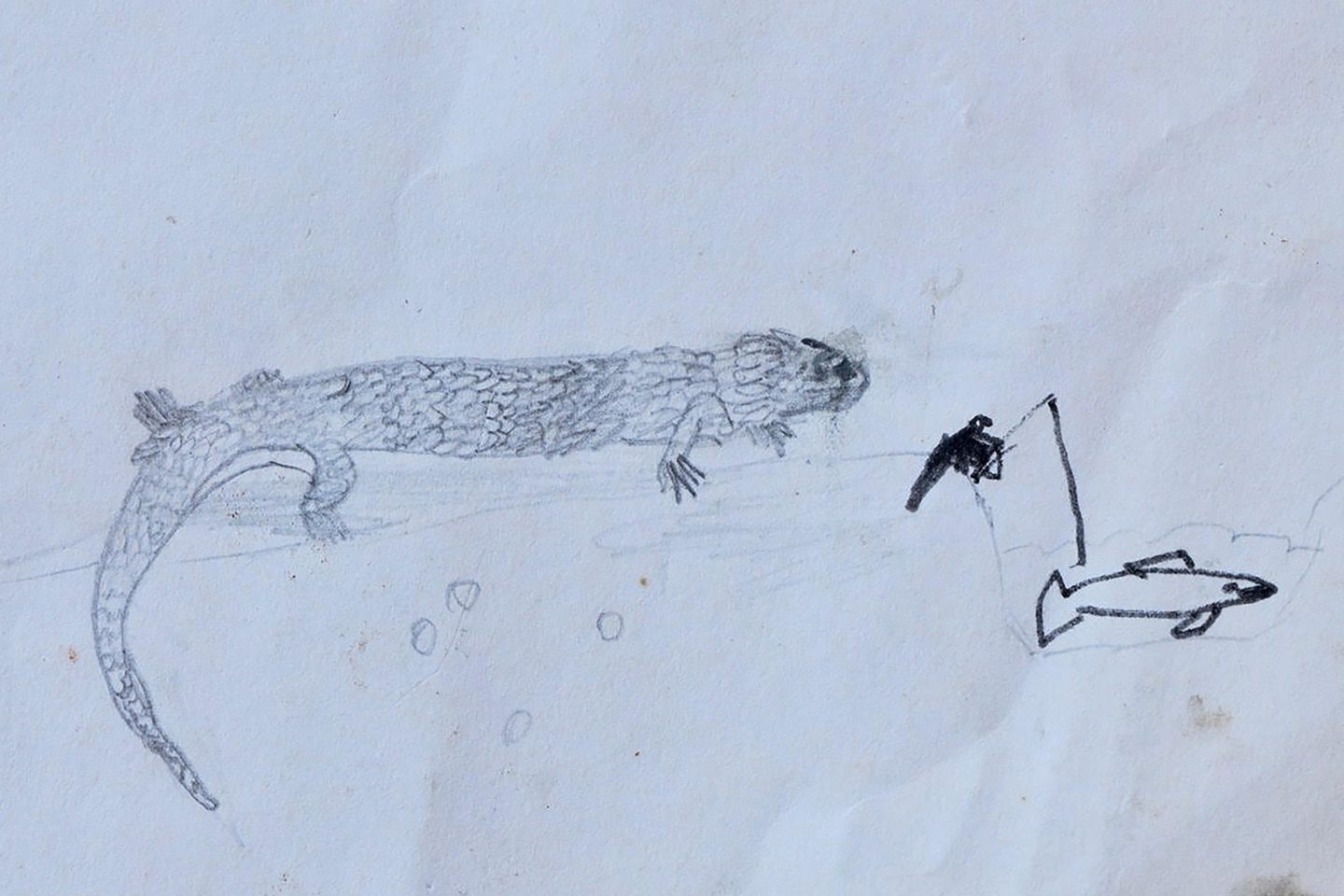
As a teenager, I attended a posh boarding school. The fact was that I was so bad at every class except for art that I didn’t have many options for what I could do as a career.
I actually wanted to be a clarinet player but the music teacher said I just wasn’t good enough. However as a result of my clarinet classes, I developed an absolutely huge passion for music and when I was at school, I would paint to music. I’d have my little music player going and I would paint to music. Even now, every day I put on my big orchestras and chamber music and paint. At the moment, I’m painting mellow golden pictures of farms, which I’m quite convinced are actually paintings the classical music I am listening to.
Anyway, when I was in high school I was very fortunate as I had a wonderful art teacher at this time named Mr. Spall. He really took me under his wing and gave me an incredible amount of artistic tuition. He really showed me what good art was. The benefit of attending a terribly posh school in England is that the teacher-child ratio is very low so he was able to give me private lessons which were very formative in developing my technique.
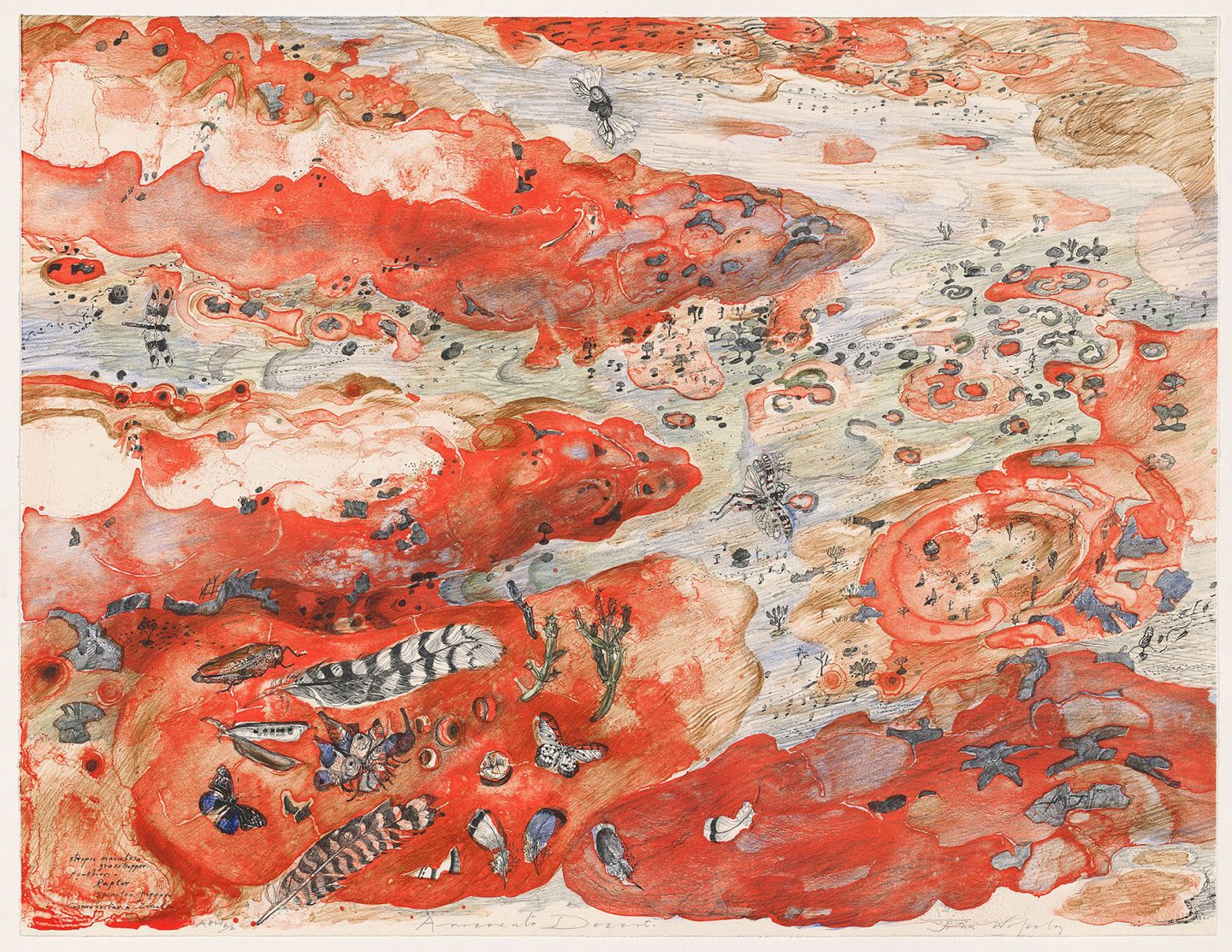
At this time, I also persuaded the headteacher to let me go to Saint Martin’s College in London every Friday afternoon to learn life drawing. I had some incredible teachers there and it was through this experience, and Mr. Spall, that I came to understand the integrity of art. In other words, the reason I became an artist was that because of these fantastic art teachers. After I finished at Westminster, I went on to study art in London and then Paris.
One could say about visual arts education is that nowadays it has been given less importance in schools in general, the same is true of music education. Music is not regarded as being something that it’s important to teach. I was talking to a famous conductor the other day and he said, he said to me that the fact that hardly any young people go to classical music concerts or are interested in music is because this vital thing called music isn’t taught at school. It is the most incredible tragedy!
Related Posts
Soil trays: A land art activity for children
The Nature of Play: A Handbook of Nature-based Activities for all Seasons


